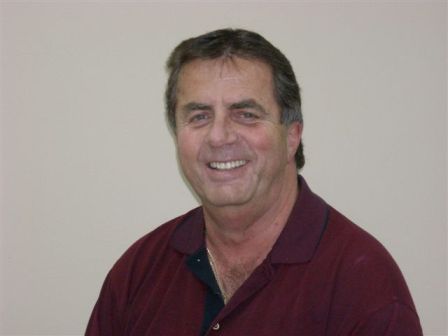By: Stuart Foxman, Toronto Freelance Writer
Sixteen years ago, when he was 44, Bert Firlotte of Fredericton, New Brunswick completed one of the most satisfying rounds of golf of his life. Did he break his personal best? Get a hole-in-one? Firlotte’s pride had nothing to do with his score, but with simply getting through the round without discomfort.
“Going back to the clubhouse,” he recalls, “I remember thinking, ‘I walked the whole thing!’ To be able to do that without pain was so gratifying.”
Months earlier, Firlotte had undergone his fourth and last hip replacement. He had his first at age 25, seven years after he broke his hip in a car crash, and arthritis set in. “I had very little movement – it was just bone on bone.”
Firlotte, now a maintenance supervisor for New Brunswick Power, only took up golf after his first hip surgery. He always enjoyed the game, but in the period between his third surgery (at 37) and his fourth, playing golf – or even just walking – became problematic.
“I was limping, which was affecting my lower back too, but I got used to the pain,” he says. “Eventually, the pain got so bad that I couldn’t function anymore. It kept me up at night.”
Golf was a good indicator of Firlotte’s progress. Before his last surgery, he had used a cart to get around the course, as there’s no way he could have walked 18 holes. His surgery was on his left hip, his lead hip when he swings. After his surgery, when he got up to the tee he didn’t even give it a second thought.
“It’s incredible how much better you can feel in such a short period,” says Firlotte.
Firlotte, a member of the Canadian Orthopaedic Foundation’s Volunteer Advisory Board, urges anyone who’s facing a joint replacement to embrace the prospect. And he knows of that which he speaks: two years ago, he had a knee replacement, too. “It’s like,” he says, “turning back the hands of time.”
That kind of reaction doesn’t surprise Dr. Ross Leighton, who performed Firlotte’s last hip replacement. Whether the outcome is the ability to engage in a favourite form of recreation, or to simply go about routine activities, “getting rid of pain that is chronic or occurs on a daily basis,” says Dr. Leighton, “is so profound a change as to be priceless.”


